Mozambique: Environmental impact of mining will take time to heal in Manica province - National ...
Interview: Drought in Mozambique “will continue” and the country should prepare – FAO

Drought in Mozambique will be more common in future and the country must brace for it, the new representative of the United Nations Food and Agriculture Organization (FAO) in Mozambique, Olman Serrano, says in an interview with Lusa.
“The drought experienced here in Mozambique will continue and it is very important to be prepared,” he says.
According to UN data, Southern Africa experienced its worst drought in 35 years in 2016, due to a cyclical combination of weather phenomena known as El Niño.
The lack of rain in southern Mozambique has depleted the reserves of seeds and other agricultural products that most of the population uses as food.
Two years later, the problem seems to have abated, but it remains nonetheless. The rainy season, which ended with the arrival of April, was abundant (and even destructive) in the north, but weak in the south.
Figures from United Nations agencies point to an estimated 24 percent of the population living in food insecurity, most in the drought-prone areas in the south and east. Almost seven million people do not know where their next meal is coming from.
Mozambique is one of the worst-affected parts of the planet.
Even the capital, Maputo, has become accustomed to living with restrictions on water supply, which only flows from taps every other day.
“Mozambique mainly – with South Africa – is one of the worst-affected parts of the planet,” Serrano says.
What was a rare cyclical phenomenon has become persistent, he says. “If you look at the trend over the last hundred years, how the climate is changing,” there are associated “impacts on many parts of the world,” he adds.
“Climate change trends are long-term. It’s not a matter of a year or two, but rather a longer term,” he says.
Farmers training through activities such as the ‘Escola na Machamba’ (Vegetable Garden School) is among the investments the FAO is making in Mozambique, to help the population to grow more drought-resistant products, with more efficient use of water.
The intervention also focuses on promoting other improvements in agricultural activity to address a range of challenges of which drought is just one.
For example, the government has announced that between 30 and 40 percent of the country’s agricultural crops were lost due to pests since April 2017. The executive has already classified the situation as worrying and is trying to mobilise resources to address the problem.
Olman Serrano, who arrived in Maputo at the end of March, is from Costa Rica and has been working in the FAO for 24 years.
In the last four years he has been a representative in Equatorial Guinea (the most recent member of the Community of Portuguese Speaking Countries), having previously worked in Ecuador, Germany, Hungary, Italy, Tanzania, Malawi and Bhutan.
Battling climate change with few resources: The fight of Mozambique’s coastal cities


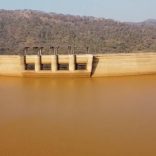
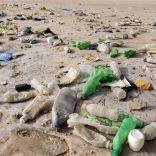
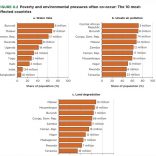



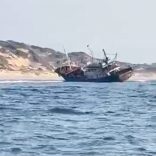

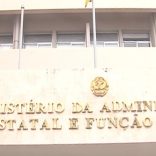
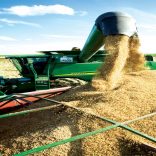

Leave a Reply
Be the First to Comment!
You must be logged in to post a comment.
You must be logged in to post a comment.